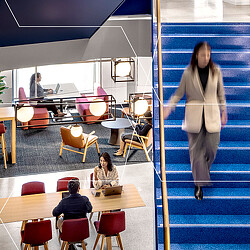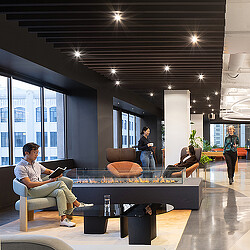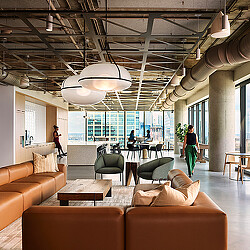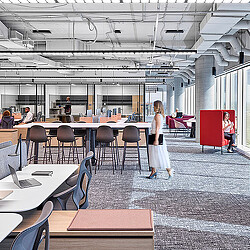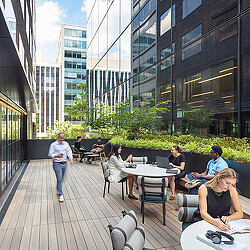Why Now Is the Time for a Workplace Reset
To keep pace with changing workforce expectations, we need to think differently about the workplace.
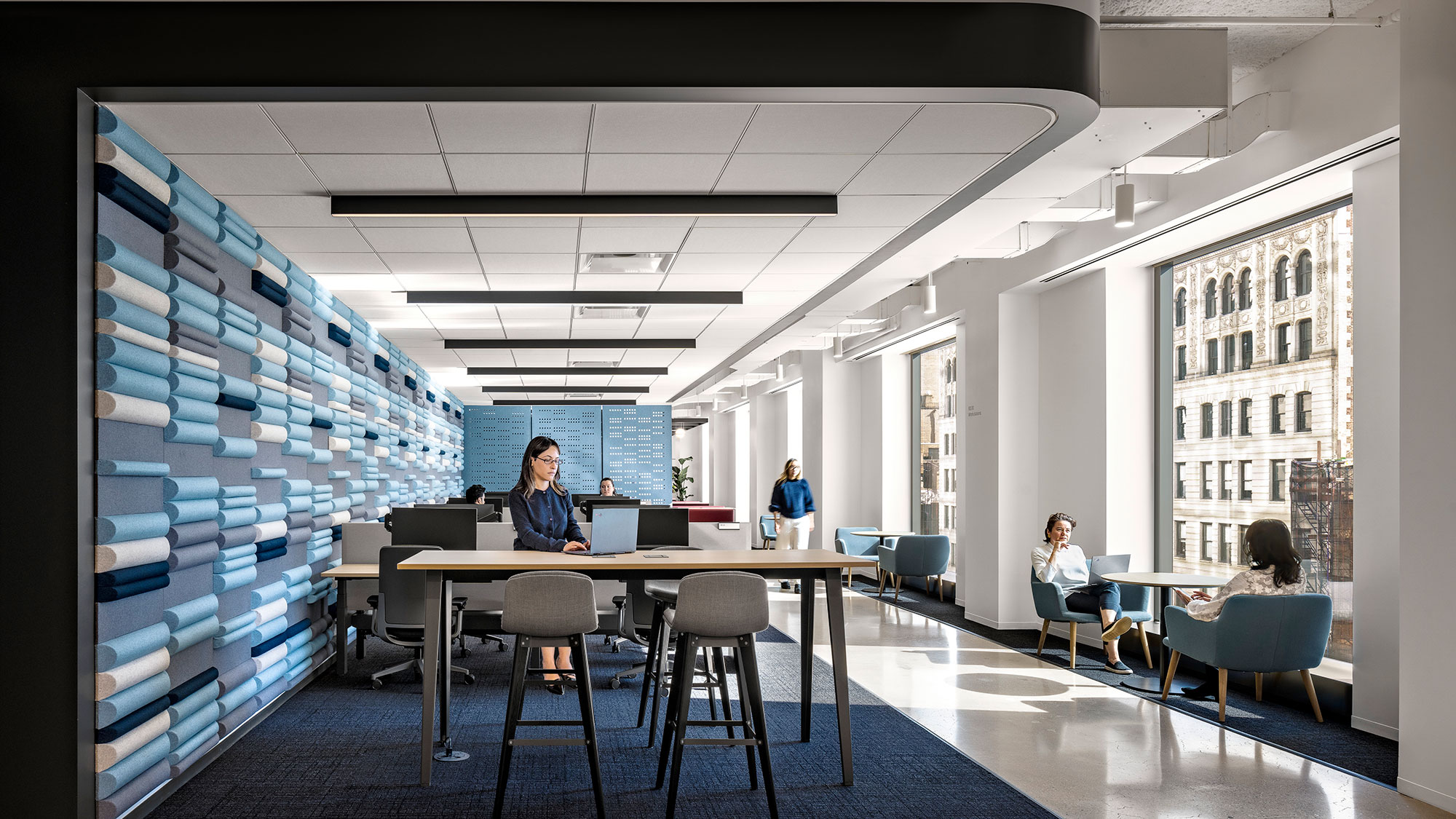
Note: This is the first blog of a series unpacking the detailed findings of Gensler’s Global Workplace Survey 2025. Learn more about our survey method.
In times of profound change and uncertainty, organizations seek research-backed insights to navigate challenges and make smarter decisions. Is the post-pandemic office meeting expectations? How can it remain relevant? What are the right investments for the future? In this constantly evolving landscape, a workplace that can embrace continuous change is more vital than ever.
In the past several years, the nature of how and where people work has been radically disrupted. Yet, the workplace has not kept pace with the rapid evolution of work and workforce expectations. It’s time to think differently about the workplace.
Our new Global Workplace Survey 2025 of nearly 17,000 full-time office workers across 15 countries delves into these questions to better understand how workplaces can be better designed to support all forms of work for individuals and teams. These insights can empower our clients, as well as strategists and designers, to create spaces that meet the demands of today and tomorrow.
Here are three key trends we uncovered that are shaping the future of work:
Key Findings: Three Trends Shaping the Future of Work
1. Improving Post-Pandemic Workplaces: While there have been incremental improvements in some areas, space effectiveness for most work modes has not fundamentally improved since 2008. Persistent challenges like availability and noise still need to be addressed. A workplace that doesn’t work is not really a workplace.
2. Craving New Experiences: Only 14% of the global workforce desires a traditional corporate workplace experience. There has been a shift to experiences that feel connected to nature, inspiring, and experimental. Interestingly, workplace preferences were fairly consistent across generations — revealing that younger employees desire similar experiential spaces as their older colleagues.
3. Enabling In-Person Work: More than two-thirds (68%) of respondents say that working in the office positively impacts their connection to a shared mission or purpose, a key reason to work together. We identified seven ways of working with others while in the office, which activities are viewed as most important by industry, and the most ideal space(s) for each work activity.
Despite its current challenges, employees, on average, still say they ideally need to be in the office to maximize their individual and team productivity more than they currently do. One thing is clear: the office remains relevant, and the opportunity lies in making it better.
How and Where People Work Today
Since 2008, we’ve measured how people spend their time across key work modes. Although we have surveyed different countries at different times globally, we have consistent country data for the U.S. and the U.K. over this timeframe. And we see a consistent pattern — time working alone has decreased, and time spent learning and socializing has doubled since the pandemic.
Below is the chart by year surveyed for the U.S. for how people spend their time working during a typical work week, regardless of where they are working. And if we look to the U.K., the decrease in time spent working alone is even more pronounced — decreasing from 66% in 2008 to just 36% in 2025.
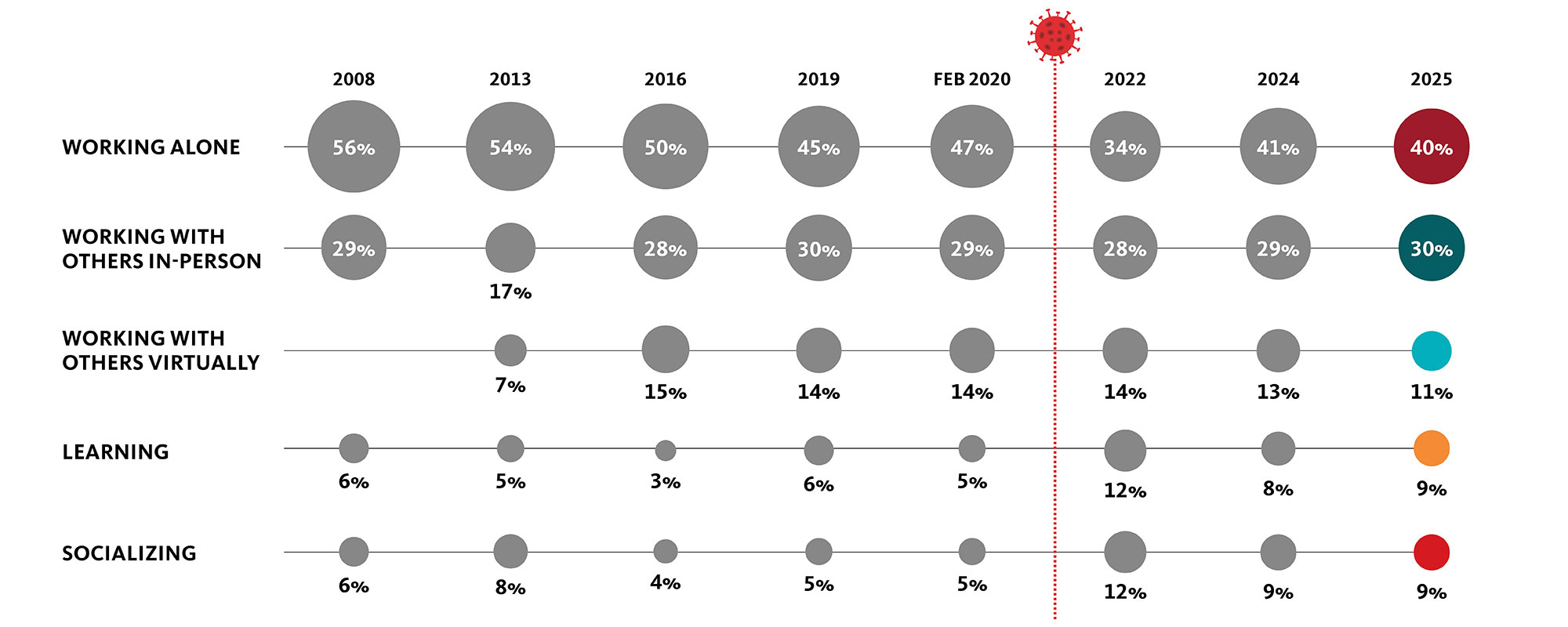
The radical shifts in where people work — prompted by the pandemic — reinforce one truth: work has always happened both in and out of the office. However, where and how people work varies by country, industry, role, and age. Check out our interactive graphic to explore these variations.
A New Framework for the Workplace
While we forge a path to the future of workplace, our research reveals that many fundamental workplace issues that persisted before the pandemic still need to be addressed. “Back-to-basics” improvements like providing enough of the right spaces for availability and better noise control are table stakes for an effective working environment, and employees are yearning for fresh workplace experiences.
At its best, the office enables the workforce to thrive. Workers in the most effective workplaces — those in the top performance quartile — are nearly three times more likely to report that working in the office positively impacts individual and team outcomes compared to workers in low-performing workplaces. These best-in-class environments provide for their talent in multi-dimensional ways to support each individual as a whole human, enabling them to unlock their creative potential and bring their best selves to the work and their teams every day.
At an individual employee level, these benefits include enhanced job satisfaction, career advancement, personal productivity, and health and well-being. At an organizational level, these potential outcomes include increased team productivity, stronger relationships with colleagues, and improved quality of work or services.
About the Research
We surveyed over 16,800 full-time office workers across 15 countries, focusing on employees who spend at least some of their time in the office. Using a rigorous methodology consistently applied since 2008, the survey was conducted anonymously by a third-party to ensure impartiality and a statistically relevant sampling. Respondents represented a diverse cross-section of industries, roles, ages, company sizes, and living situations.
What’s Next?
Stay tuned for future posts in this blog series as our global practice area leaders and local design teams delve into the survey’s findings. Together, we’ll explore actionable insights to guide the evolution of workplace design.
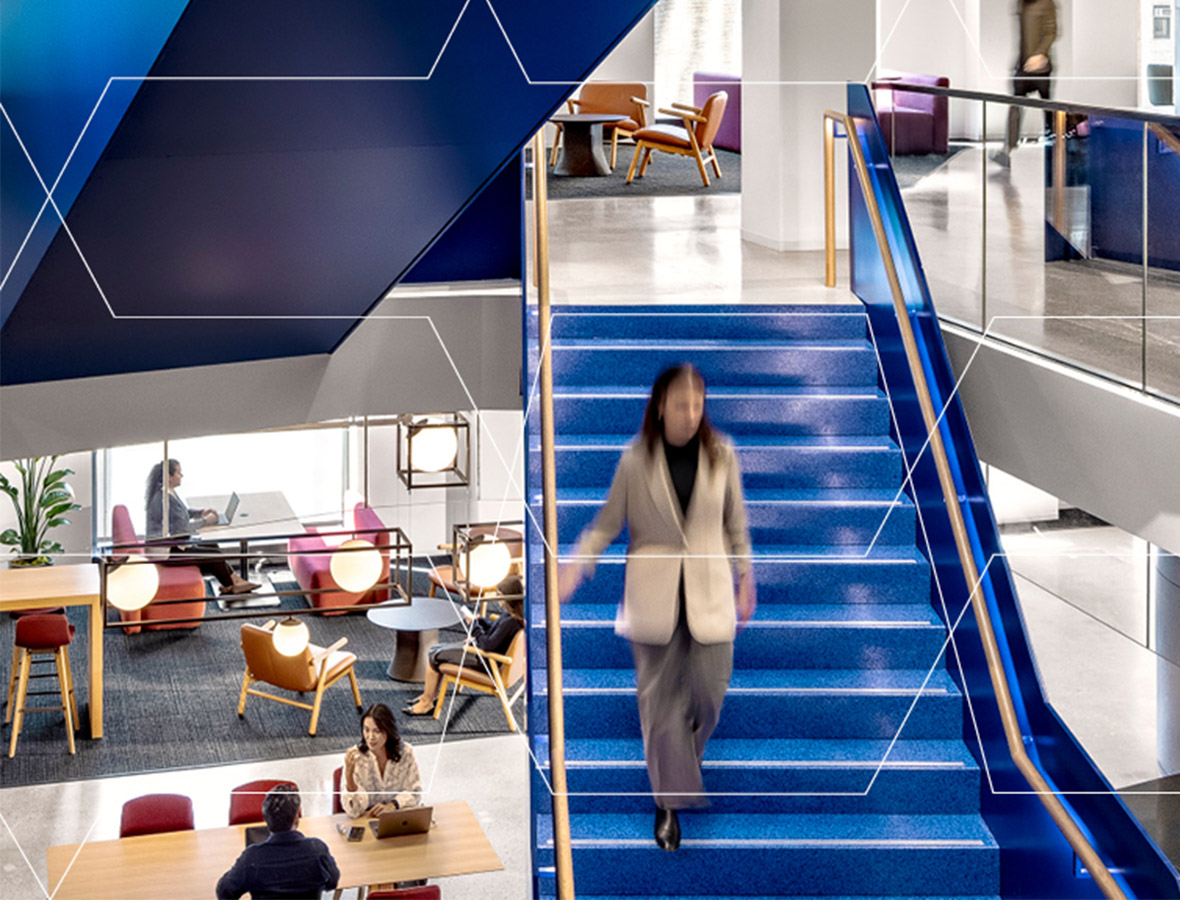
For media inquiries, email .


